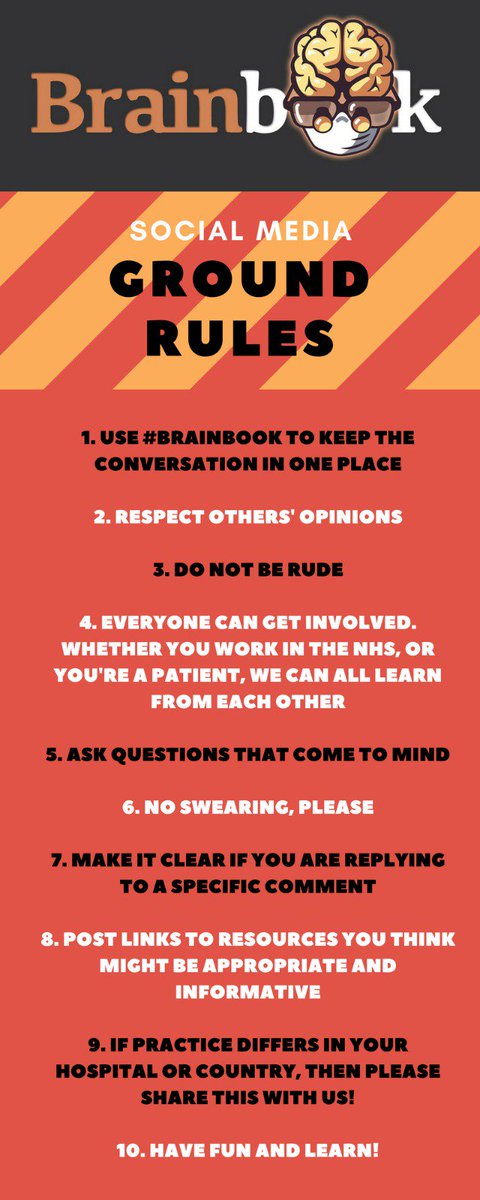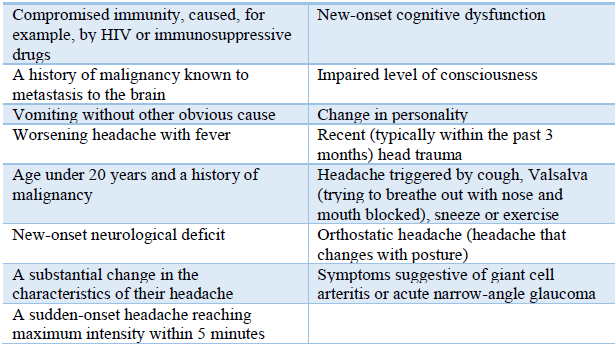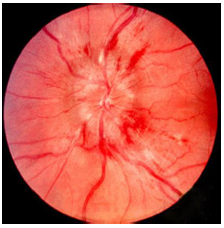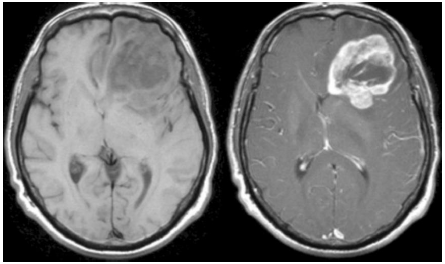A quick reminder of the rules before we begin... and let's get started! #BBGBM




👉 bit.ly/2WVSEms
Looking forward to seeing you all again next time! #bbgbm




Keep Current with Brainbook
This Thread may be Removed Anytime!
Twitter may remove this content at anytime, convert it as a PDF, save and print for later use!

1) Follow Thread Reader App on Twitter so you can easily mention us!
2) Go to a Twitter thread (series of Tweets by the same owner) and mention us with a keyword "unroll"
@threadreaderapp unroll
You can practice here first or read more on our help page!

